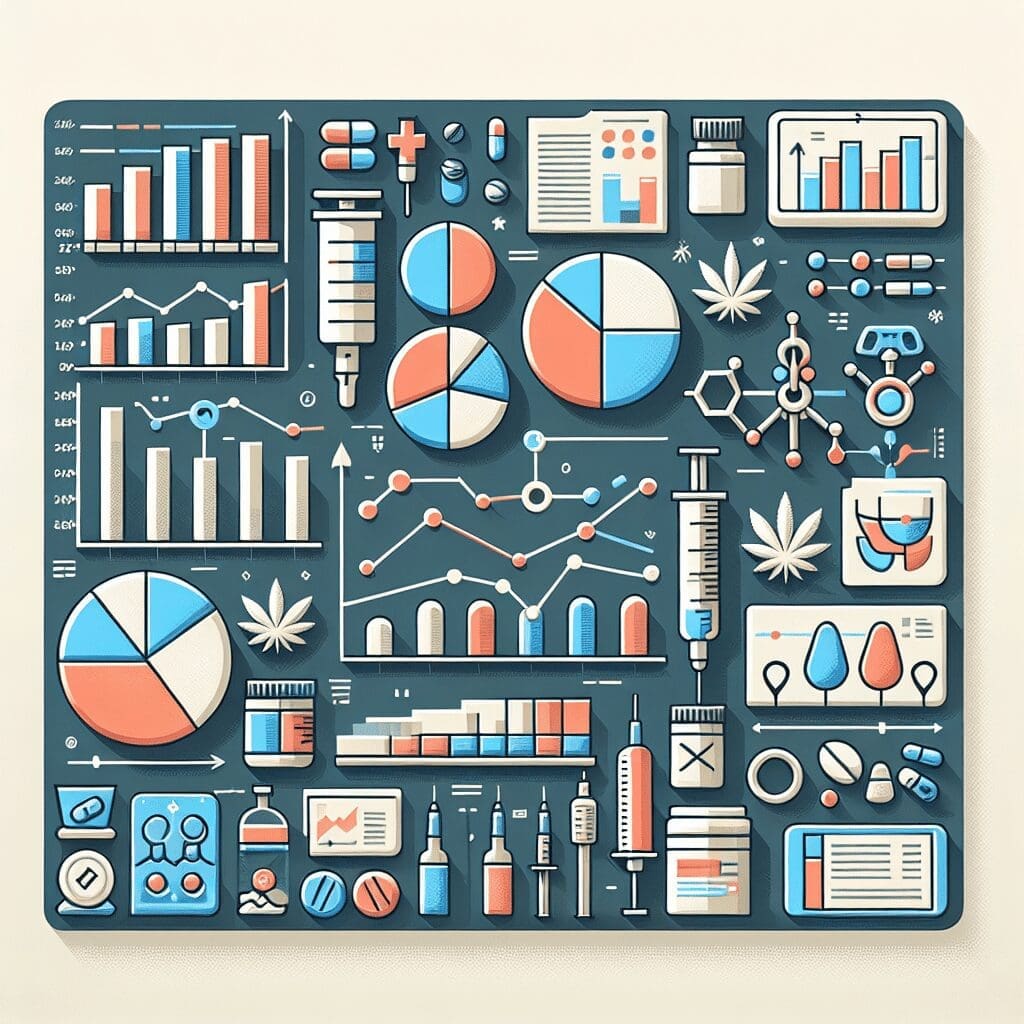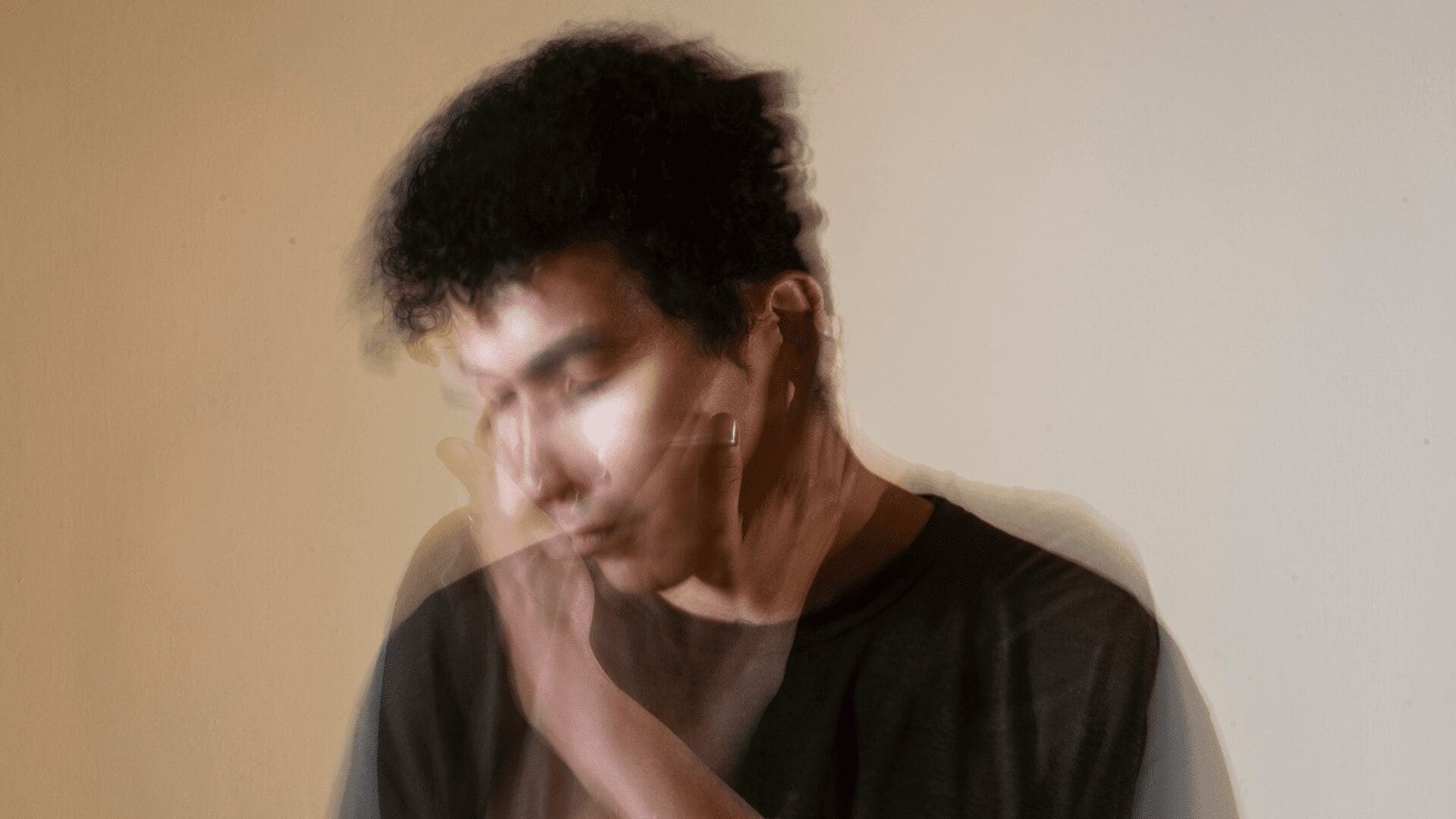The landscape of drug use in the United States is both complex and alarming. With a wide array of substances being misused, from opioids to stimulants, the statistics paint a sobering picture of the nation’s ongoing struggle with addiction. As we delve into the numbers, it’s crucial to understand the scope and impact of drug use on individuals, families, and communities.
According to recent data from the National Survey on Drug Use and Health (NSDUH), approximately 19.3 million Americans aged 18 or older battled a substance use disorder in 2020. This staggering figure highlights the pervasive nature of addiction across all demographics, emphasizing the need for effective intervention and support systems.
Drug use not only affects the health and well-being of those directly involved but also has far-reaching consequences for society. The economic burden is significant, with billions of dollars spent annually on healthcare, lost productivity, and criminal justice involvement. Moreover, the emotional toll on families and loved ones cannot be overstated, as they navigate the challenges of supporting someone in the throes of addiction.
Yes, You Can Get Your Life Back. Contact Absolute Awakenings Today. With our trained and compassionate professionals in your corner, freedom can be yours. All it takes is for you to choose yourself. Choose a better tomorrow.
Current Number of Drug Users
Understanding the current number of drug users in the US provides a clearer picture of the scale of this issue. Based on the 2020 National Survey on Drug Use and Health (NSDUH), approximately 59.3 million people aged 12 or older reported using illicit drugs in the past year. This figure represents nearly 21.4% of the population in that age group, underscoring the widespread nature of drug use across multiple demographics.
Breaking these numbers down further, we see that marijuana is the most commonly used illicit drug, with around 14.2% of individuals aged 12 and older having used it in the past year. This is followed by the non-medical use of prescription pain relievers, which affects about 3.3% of the population in the same age group. Cocaine, methamphetamine, and hallucinogens also contribute significantly to these statistics, with millions reporting use within the same timeframe.
These numbers highlight not only the prevalence of drug use but also the diversity of substances being misused. Each drug type comes with its own set of challenges and risks, making it essential for intervention strategies to be multifaceted and tailored to address specific needs. The sheer volume of individuals affected further emphasizes the importance of comprehensive treatment programs and robust support networks to combat this ongoing crisis.
As we continue to explore the data, it becomes evident that addressing drug use in the US requires a concerted effort from healthcare providers, policymakers, and communities. By understanding the scope and distribution of drug use, we can better allocate resources and develop targeted interventions to support those in need.
Demographic Breakdown of Drug Users


Analyzing the demographic breakdown of drug users in the US reveals critical insights into who is most affected by substance use disorders. This understanding helps tailor prevention and treatment efforts to specific populations. According to the 2020 National Survey on Drug Use and Health (NSDUH), drug use varies significantly across age, gender, race, and socioeconomic status.
Age: Young adults aged 18-25 are the most likely to use drugs, with nearly 39% reporting illicit drug use in the past year. Adolescents aged 12-17 have a lower rate at about 13.2%, while adults aged 26 and older have a usage rate of approximately 19.2%.
Gender: Drug use is more prevalent among males compared to females. Around 24.4% of males aged 12 and older reported using illicit drugs in the past year, compared to 18.5% of females. However, the gap varies depending on the substance, with some drugs showing more balanced usage rates between genders.
Race and Ethnicity: The rates of drug use also vary by race and ethnicity. For instance, the survey indicates that 19.5% of non-Hispanic whites, 22.1% of Hispanics, and 23.6% of African Americans reported using illicit drugs in the past year. Native American populations have some of the highest rates, with approximately 29.5% reporting use.
Socioeconomic Status: Individuals with lower socioeconomic status often have higher rates of drug use. Factors such as unemployment, lack of education, and poor living conditions contribute to this trend. The survey reveals that those with annual incomes below $20,000 have higher rates of drug use compared to those with higher incomes.
This demographic data highlights the need for customized interventions that consider the unique challenges faced by different groups. Addressing the root causes of drug use, such as economic hardship and social inequality, is crucial for developing effective prevention and treatment strategies.
Impact of Drug Use on Society
The impact of drug use on society is profound and multifaceted, affecting not only individuals but also families, communities, and the nation as a whole. This widespread issue brings about a series of economic, health, and social consequences.
**Economic Impact:** Drug abuse imposes a significant financial burden on the economy. According to the National Institute on Drug Abuse (NIDA), the estimated annual cost of illicit drug use in the US is over $193 billion. This includes costs related to healthcare, lost productivity, and criminal justice. Employers face increased absenteeism, workplace accidents, and reduced productivity, which further strains the economic system.
**Health Impact:** The health repercussions of drug use are severe and widespread. Substance abuse leads to a myriad of health issues, including chronic diseases like HIV/AIDS, hepatitis, and cardiovascular diseases. Overdose deaths have surged, with over 70,000 fatalities reported in 2019 alone. Additionally, drug use during pregnancy can result in neonatal abstinence syndrome (NAS), where infants are born dependent on drugs and experience withdrawal symptoms after birth.
**Social Impact:** Drug use also disrupts the social fabric of communities. Families are often torn apart as addiction strains relationships and erodes trust. Children in homes with substance-abusing parents are at higher risk for neglect, abuse, and emotional trauma. Communities experience increased crime rates, homelessness, and a general decline in quality of life. Moreover, the stigma associated with drug addiction can lead to social isolation and hinder individuals from seeking the help they need.
**Criminal Justice Impact:** The criminal justice system is heavily impacted by drug-related offenses. A significant proportion of arrests, court cases, and incarcerations are linked to drug crimes. This not only overburdens the legal system but also diverts resources away from other critical areas. The cycle of incarceration and relapse further complicates the reintegration of individuals into society, perpetuating a cycle of addiction and criminal behavior.
Addressing the societal impact of drug use requires a comprehensive approach that includes prevention, education, treatment, and policy reform. By understanding and mitigating these effects, we can work towards a healthier, more resilient society.
Efforts to Combat Drug Addiction


The battle against drug addiction is multi-faceted, involving a range of **efforts from various sectors** including healthcare, government, and community organizations. These efforts aim to reduce the prevalence of drug use, provide support to those struggling with addiction, and ultimately create a healthier society.
**Public Awareness Campaigns:** One of the primary strategies to combat drug addiction is through public awareness and education campaigns. These initiatives aim to inform the public about the dangers of drug use, dispel myths, and reduce the stigma associated with addiction. Campaigns such as the National Drug and Alcohol Facts Week and the Drug-Free Communities Program work towards educating youth and their families about the risks and realities of drug use.
**Policy and Legislation:** Governments at all levels play a critical role in fighting drug addiction. Legislation such as the Comprehensive Addiction and Recovery Act (CARA) and the SUPPORT for Patients and Communities Act have been enacted to provide funding for prevention, treatment, and recovery services. These laws also aim to reduce the availability of illicit drugs and improve access to evidence-based treatment.
**Treatment and Rehabilitation Programs:** Effective treatment programs are essential in helping individuals overcome addiction. These programs often include a combination of medical detoxification, behavioral therapy, and support groups. Facilities like Absolute Awakenings provide comprehensive care that addresses the physical, psychological, and social aspects of addiction. Additionally, medication-assisted treatment (MAT) has proven to be effective in reducing cravings and withdrawal symptoms for individuals with opioid use disorder.
**Community Support:** Community-based initiatives are crucial in providing ongoing support for individuals in recovery. Organizations like Narcotics Anonymous (NA) and Alcoholics Anonymous (AA) offer peer support and a sense of community for those in recovery. Additionally, local health departments and non-profits often provide resources such as counseling, job training, and housing assistance to help individuals rebuild their lives.
**Research and Innovation:** Continuous research is vital to developing new and more effective ways to prevent and treat addiction. Institutions like the National Institute on Drug Abuse (NIDA) and the Substance Abuse and Mental Health Services Administration (SAMHSA) conduct and fund research that advances our understanding of addiction and informs policy and practice. Innovations such as telemedicine and digital therapeutics are also expanding access to treatment and support.
By combining these efforts, we can make significant strides in combating drug addiction and supporting individuals on their journey to recovery. The road ahead is challenging, but with a concerted and collaborative approach, progress is not only possible but inevitable.
Resources for Recovery and Support


For those struggling with drug addiction, finding the right resources for recovery and support is crucial. These resources not only provide the necessary tools and assistance to overcome addiction but also offer a lifeline for individuals seeking a new beginning.
**Professional Treatment Centers:** One of the most effective resources for recovery is a professional treatment center. Facilities like Absolute Awakenings offer comprehensive care that includes medical detox, therapy, and aftercare planning. These centers are staffed with trained and compassionate professionals who understand the complexities of addiction and are dedicated to helping individuals achieve long-term recovery. **Yes, You Can Get Your Life Back. Call Absolute Awakenings Today. With our trained and compassionate professionals in your corner, freedom can be yours. All it takes is you choose yourself. Choosing a better tomorrow.**
**Support Groups:** Peer support groups such as Narcotics Anonymous (NA) and Alcoholics Anonymous (AA) provide a sense of community and shared experience. These groups follow a 12-step program that offers a structured approach to recovery, emphasizing personal accountability, spiritual growth, and mutual support. Attending regular meetings can help individuals stay committed to their recovery journey.
**Online Resources:** The internet is a valuable tool for those seeking information and support. Websites like the Substance Abuse and Mental Health Services Administration (SAMHSA) and the National Institute on Drug Abuse (NIDA) offer extensive resources, including educational materials, treatment locators, and helplines. Online forums and social media groups also provide opportunities for individuals to connect with others in recovery and share their experiences.
**Mental Health Services:** Addressing the mental health aspects of addiction is essential for successful recovery. Many individuals with substance use disorders also struggle with co-occurring mental health issues such as depression, anxiety, or trauma. Access to mental health services, including counseling and psychiatric care, can significantly improve recovery outcomes.
**Family and Friends:** The support of loved ones can make a profound difference in the recovery process. Family members and friends can offer emotional support, encouragement, and accountability. Many treatment programs also include family therapy sessions to help repair relationships and build a strong support network.
**Educational and Vocational Programs:** Rebuilding one’s life after addiction often involves pursuing new educational and career opportunities. Programs that offer job training, educational courses, and employment support can help individuals gain the skills and confidence needed to achieve financial independence and personal fulfillment.
Recovery is a journey that requires dedication, support, and access to the right resources. By leveraging these tools, individuals can overcome addiction and build a healthier, more fulfilling life. If you or a loved one is struggling with addiction, don’t hesitate to seek help. **Yes, You Can Get Your Life Back. Contact Absolute Awakenings Today. With our trained and compassionate professionals in your corner, freedom can be yours. All it takes is you choose yourself. Choosing a better tomorrow.**














